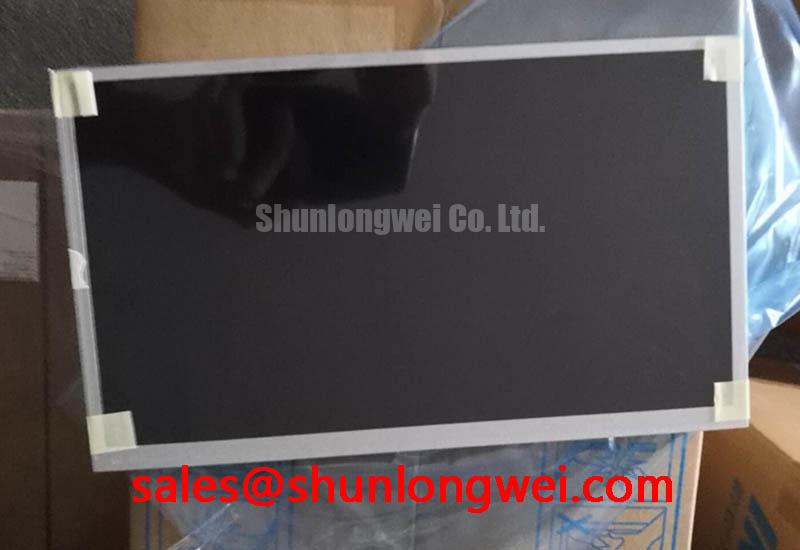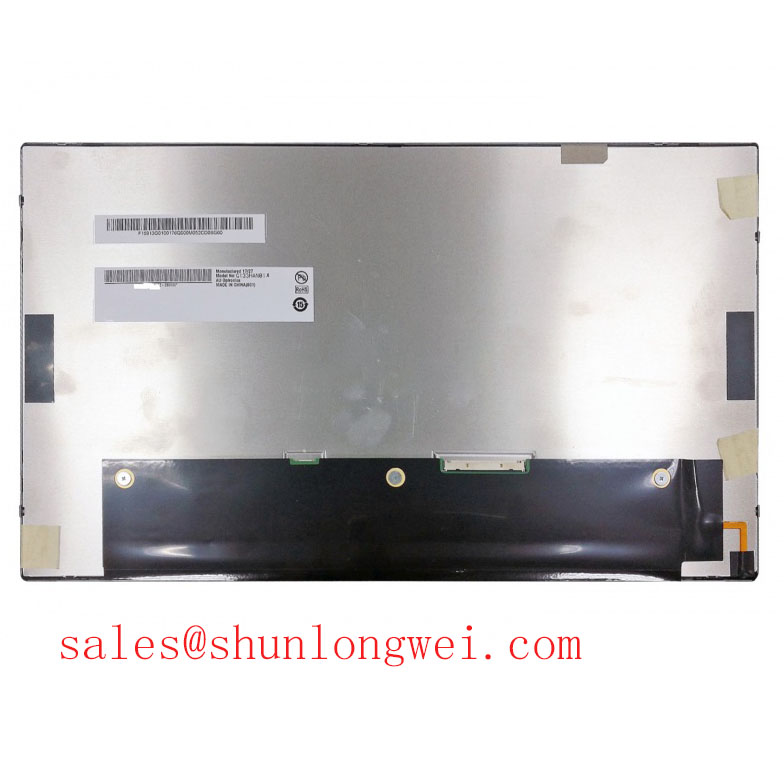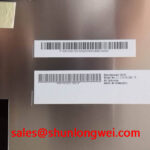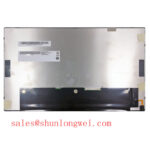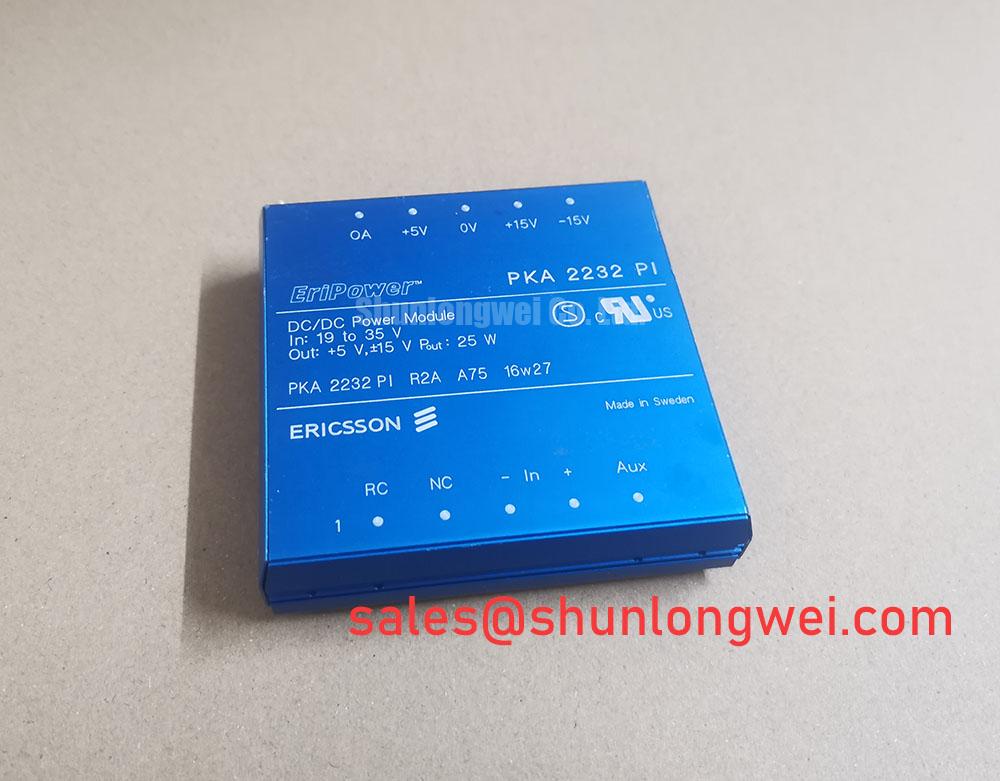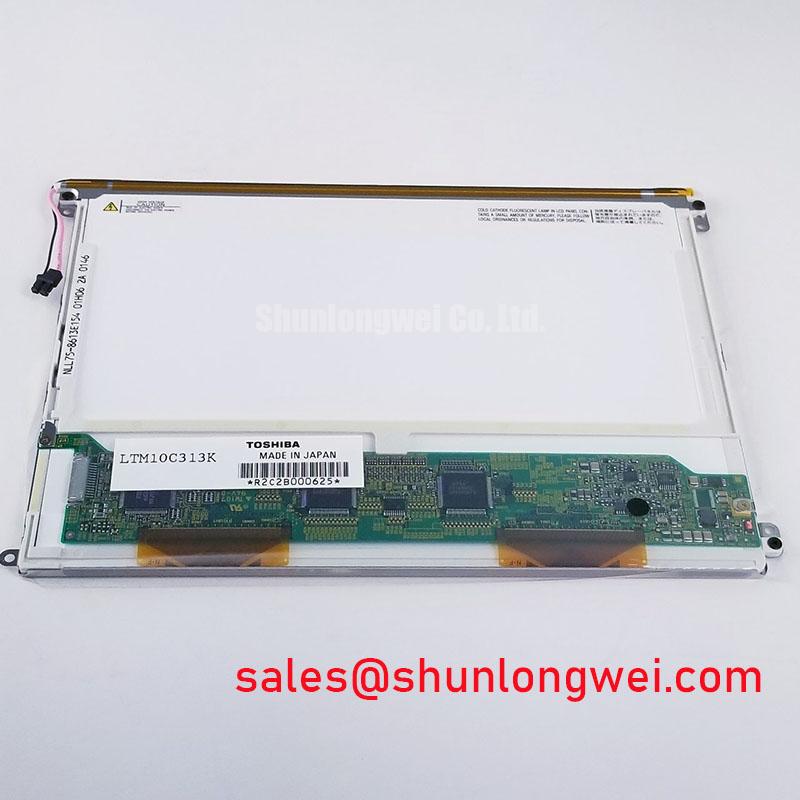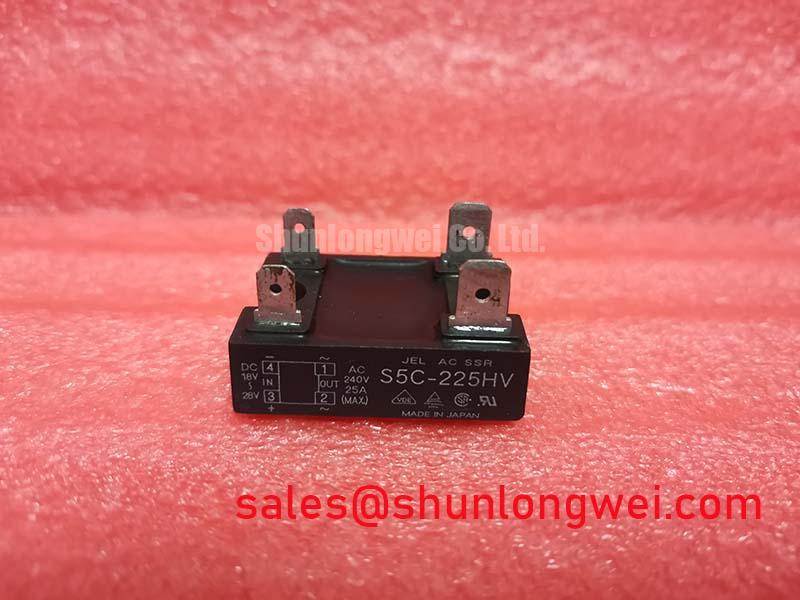AUO G133HAN01.0: Full HD Industrial Display for Visually Demanding Applications
Content last revised on October 8, 2025.
The AUO G133HAN01.0 is an industrial-grade 13.3-inch TFT-LCD module delivering exceptional visual fidelity for systems where color accuracy and off-axis readability are paramount. It combines a high-density Full HD resolution with AUO's AHVA technology to provide consistent, vibrant imagery across ultra-wide viewing angles. With its robust operational temperature range and long-life WLED backlight, it is engineered for reliability in demanding professional environments. This display is the optimal choice for portable medical diagnostic equipment and high-end industrial control panels requiring precise, stable, and clear image reproduction from any perspective.
Key Parameter Overview
Defining Performance Through Core Specifications
The technical specifications of the G133HAN01.0 are foundational to its performance in specialized applications. The combination of resolution, viewing angle technology, and industrial-grade components creates a highly reliable and visually superior display solution.
| Feature Group | Parameter | Specification |
|---|---|---|
| Display Core | Screen Size | 13.3 inch |
| Resolution | 1920(RGB)×1080 (FHD) | |
| Display Technology | AHVA, Normally Black, Transmissive | |
| Surface Treatment | Antiglare | |
| Aspect Ratio | 16:9 | |
| Optical Performance | Brightness | 400 cd/m² (Typ.) |
| Contrast Ratio | 800:1 (Typ.) | |
| Viewing Angle (L/R/U/D) | 89/89/89/89 (Typ.) (CR≥10) | |
| Color Gamut | 90% NTSC | |
| Interface & Electrical | Signal Interface | LVDS (2 ch, 8-bit), 30 pins |
| Supply Voltage | 3.3V (Typ.) | |
| Backlight System | WLED, 50,000 hours (Min.) with LED Driver | |
| Environmental & Mechanical | Operating Temperature | 0 ~ 70 °C |
| Outline Dimensions (mm) | 309.7 × 184.1 × 10.1 |
Download the G133HAN01.0 datasheet for detailed specifications and performance curves.
Application Scenarios & Value
Delivering Diagnostic Confidence and Control Precision
The G133HAN01.0 is engineered for applications where visual data integrity is non-negotiable. Its primary value is realized in environments where multiple operators must view a screen from different angles without color shift or loss of detail.
Consider the challenge in portable ultrasound systems or patient monitoring devices. Clinicians often view the screen from oblique angles while interacting with a patient. The G133HAN01.0's Advanced Hyper-Viewing Angle (AHVA) technology, similar to IPS (In-Plane Switching), is critical here. It ensures that the 89/89/89/89 degree viewing cone provides consistent color and contrast, eliminating the risk of misinterpretation caused by display limitations. The panel's 90% NTSC color gamut and 1920x1080 resolution render subtle gradations in medical imagery with the clarity required for confident diagnosis. The 400-nit brightness further ensures readability in typical ambient lighting conditions found in clinics and hospitals.
In industrial automation, this display elevates the performance of Human-Machine Interfaces (HMIs) for complex machinery. An engineer monitoring a sophisticated production line can clearly see critical alerts and process data from a standing or side position, improving reaction time and operational safety. For systems requiring a larger screen with similar high-performance characteristics, the G156HAN01.0 offers a 15.6-inch diagonal, while the G121EAN01.0 provides a more compact 12.1-inch solution for space-constrained designs.
Frequently Asked Questions (FAQ)
What is the primary advantage of the AHVA display mode?
The key benefit of AHVA (Advanced Hyper-Viewing Angle) technology is its ability to deliver exceptionally wide viewing angles of 89 degrees in all directions (up, down, left, right) without significant color or contrast degradation. This is crucial for multi-viewer applications or where the operator is not directly in front of the screen, ensuring data integrity from any perspective.
How does the 50,000-hour backlight lifetime impact the total cost of ownership?
A 50,000-hour minimum backlight lifetime directly translates to enhanced system longevity and reduced total cost of ownership. It minimizes the need for costly maintenance, repairs, or replacements over the operational life of the equipment, making it a reliable choice for long-service industrial and medical devices.
Technical Deep Dive
A Closer Look at the Integration-Ready Design
The design of the AUO G133HAN01.0 reflects a deep understanding of the needs of industrial system integrators. The module's physical dimensions (309.7 x 184.1 x 10.1 mm) and weight of approximately 500g provide a balanced solution for both fixed-mount and portable applications. Powering this display is straightforward, requiring a single 3.3V supply for the panel logic, which simplifies the power architecture of the host system. The standardized 30-pin LVDS interface is a well-established and robust solution for transmitting high-speed video data within a device, ensuring broad compatibility with industrial motherboards and single-board computers.
The inclusion of an integrated LED driver board is a significant design advantage. This simplifies the engineering process by eliminating the need for a separate, external driver circuit to manage the backlight. It reduces component count, saves PCB space, and accelerates the design-to-market timeline. Think of it like buying a high-performance engine that already comes with its own perfectly tuned transmission; the G133HAN01.0's integrated driver ensures the WLED backlight is operated at optimal efficiency and brightness, contributing to its impressive 50,000-hour lifespan and stable visual performance.
For more information on TFT technology, see AUO, a leading manufacturer in the field.
Engineering Perspective
The AUO G133HAN01.0 is more than a set of specifications; it is a strategic component for developing high-reliability systems. Its value lies in the convergence of high-fidelity visual output with the physical and electrical robustness required for industrial deployment. For engineering teams, this display mitigates design risks associated with visual performance and long-term reliability. We encourage a thorough evaluation of your system's environmental and user-interface requirements. For technical inquiries or to discuss sourcing for your next project, our team is prepared to provide the necessary support to ensure your design's success.

